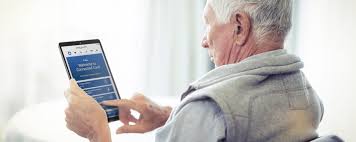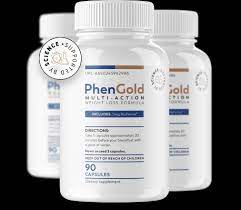
Remote Patient Monitoring: Improving Access to Healthcare
The industry of health-related is constantly growing with new developments every year. One of the current innovations which may have transformed healthcare is RTM monitoring (RPM). RPM is actually a technology that permits healthcare suppliers to monitor and document the medical position of people from a extended distance, lowering the volume of medical clinic trips. Using the elevated requirement for top quality healthcare, RPM is now an important resource to boost individual treatment. In this article, we will go over the benefits of RPM as well as its effect on the healthcare industry.
1. Better Affected individual Benefits:
Remote patient monitoring increases the individual experience by offering fast and correct confirming with their health status. It is actually specially ideal for chronic individuals who demand continual keeping track of. With RPM, the person details are automatically up-to-date, and their proper care plan is altered appropriately. This modern technology permits health care providers to detect any modifications in the patient’s problem making interventions that will protect against hospital stay or any other vital care.
2. Enhanced Supplier Effectiveness:
RPM modern technology gives healthcare companies the cabability to keep track of numerous sufferers simultaneously without getting physically existing with them. Furthermore, it allows them to prioritize their patients who demand immediate treatment, reducing waiting around occasions for scheduled visits. Furthermore, health care companies can accessibility wellness information speedily, causing the essential interventions, thus decreasing the possibility of getting worse medical conditions and expensive hospitalizations.
3. Cost-Effective Medical care:
RPM gives cost-effective medical care by reduction of the need for hospital stay and e . r . appointments, that are high priced. The technological innovation allows medical care companies to provide remote treatment, which happens to be more affordable, reducing the healthcare charge for patients. Additionally, remote patient monitoring can remove the requirement for travelling back and forth from meetings for sufferers who live faraway from health-related facilities, that may be more cost-effective, particularly with older people and impaired populations.
4. Available Healthcare for many:
Remote patient monitoring increases use of healthcare for non-urban and underserved regions, where by health-related services are few and far in between. RPM offers a practical system that people are able to use to talk about their own health position with medical care providers, eliminating the necessity to vacation long distance for verify-ups or consultation services. This technological innovation is additionally useful for individuals with range of motion obstacles, who definitely have issues travelling or attending visits.
5. Increased Chronic Illness Control:
Persistent problems including diabetes mellitus, high blood pressure levels, or heart disease impose important health problems that require tracking and management. With remote patient monitoring, healthcare providers can monitor improvement after a while and recognize any developments that require treatments. RPM technological innovation offers people with personal-managing options that could reduce the consistency of appointments for the doctor and enhance patient self-sufficiency.
In short:
Remote patient monitoring is becoming an important tool in health care managing. The advantages are evident in improving affected person results, boosting supplier productivity, inexpensive health care, better persistent illness management, and supplying available healthcare for all those. As health-related provider’s adapt to RPM, far more patients will enjoy the increased proper care, lowering the health care fees, and enhancing affected individual pleasure. Depending on the several great things about RPM, it is safe to say that it must be the future of medical care, increasing medical care past the healthcare amenities and into homes and places of work.



